Leading market players are investing heavily in research and development to expand their product lines, which will help the real-time locating systemsmarket grow even more. Market participants are also undertaking various strategic activities to expand their global footprint, with important market developments including new product launches, contractual agreements, mergers and acquisitions, higher investments, and collaboration with other organizations. The real-time locating systemsindustry must offer cost-effective items to expand and survive in a more competitive and rising market climate.
Manufacturing locally to minimize operational costs is one of the key business tactics manufacturer’s uses in the global real-time locating Systems industry to benefit clients and increase the market sector. In recent years, the real-time locating systems industry has offered some of the most significant advantages to the IT sector.
Major players in the real-time locating systems market, including Stanley Healthcare (U.S.), Ubisense Group PLC. (U.K.), Savi Technology (U.S.), IMPINJ Inc. (U.S.), AIRISTA,LLC (U.S.), Versus Technology Inc. (U.S.), CenTrak Inc. (U.S.), Identec Group AG (Liechtenstein), Decawave Ltd. (Ireland), Redpine Signals Inc. (U.S.), Awarepoint Corp. (U.S.), are attempting to increase market demand by investing in research and development operations.
AiRISTA is a leader in providing Wi-Fi-based Real Time Location Systems (RTLS), process improvement, and hand hygiene solutions. AiRISTA delivers superior software, hardware, and services for forward-thinking organizations globally with innovative products and patented technologies such as RFID-over-Wi-Fi. AiRISTA hand hygiene solutions help, meet FDA regulations while RFID, IR, GPS, and BLE-based tags, accompanied by user-friendly software interfaces, enhance visibility into the location, condition, and status of assets, people, and workflows. Partners include wireless software developers, leading systems integrators, and resellers. Users of AiRISTA solutions include a diverse, international portfolio of healthcare, manufacturing/industrial, retail, and government clients.
AIRISTA Flow, Inc. added Bluetooth Low Energy (BLE) 5.1 to its location-based services portfolio. This new technology increases location accuracy and allows tracking in the vertical dimension, thereby improving the overall performance.
Zebra Technologies Corporation is an American mobile computing company specializing in technology that senses, analyzes, and acts in real time. The company manufactures and sells marking, tracking, and computer printing technologies. Zebra Technology Corporation is one of the global providers of location solutions ranging from simple passive RAIN RFID tags on packages to the most complicated real-time active monitoring of athletes. Zebra Technologies announced a New Portfolio of Simple-to-Deploy integrated RFID Portals. The integrated RFID portals will improve operational efficiency, workflow accuracy, and performance across various industrial and commercial contexts.
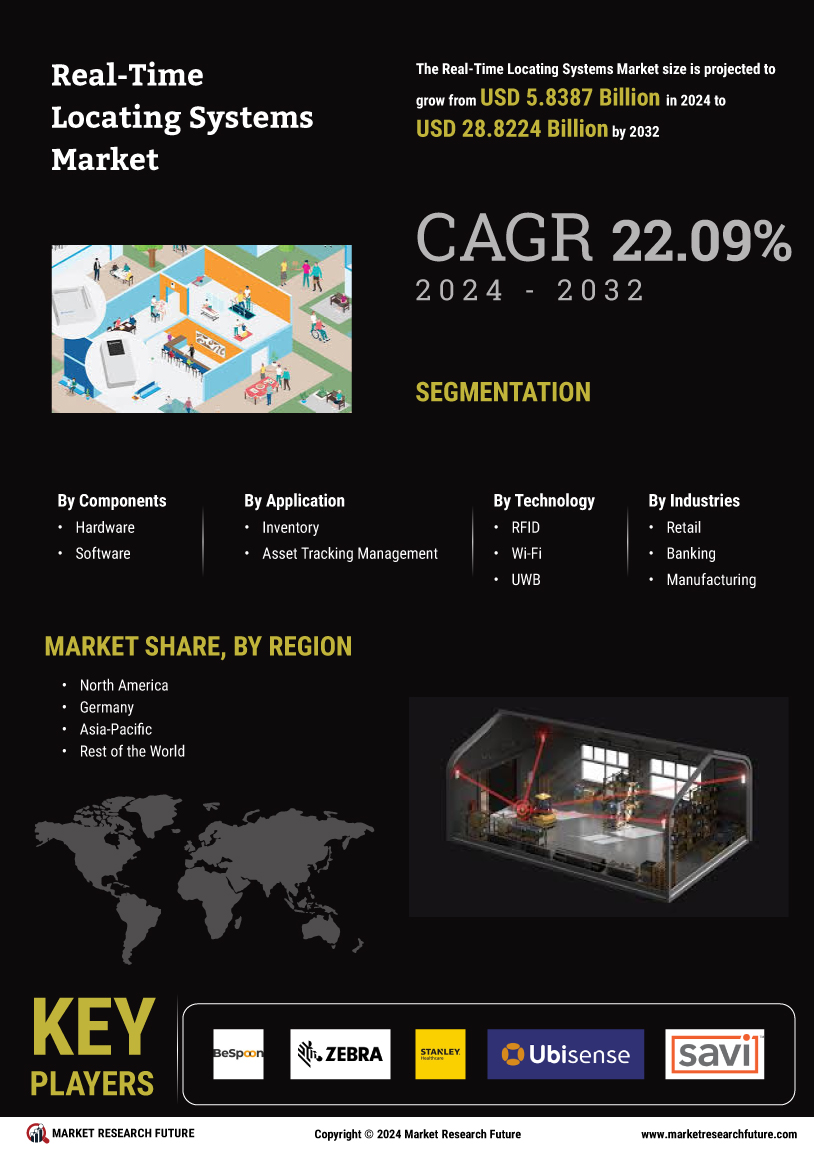

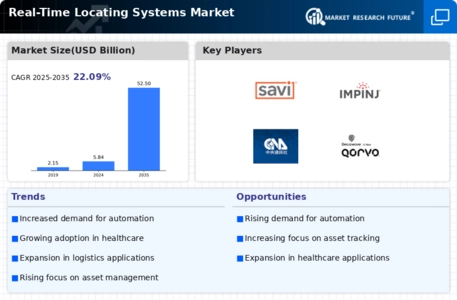
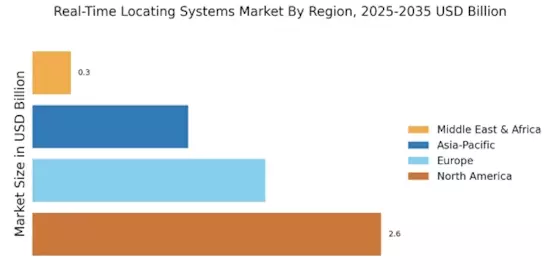
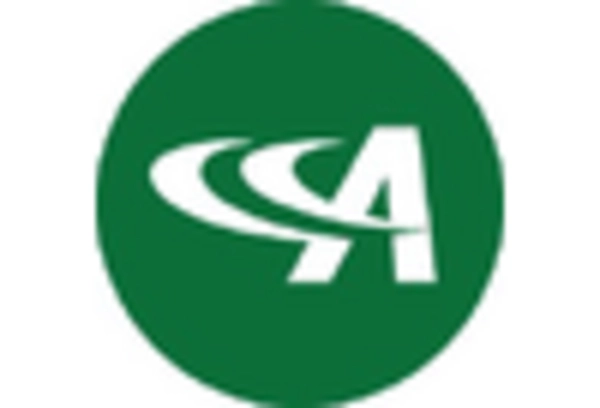
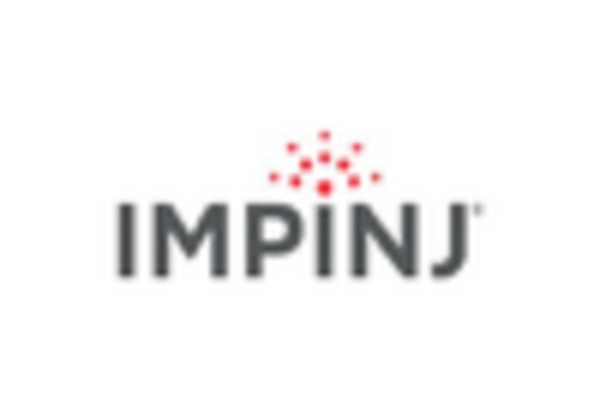
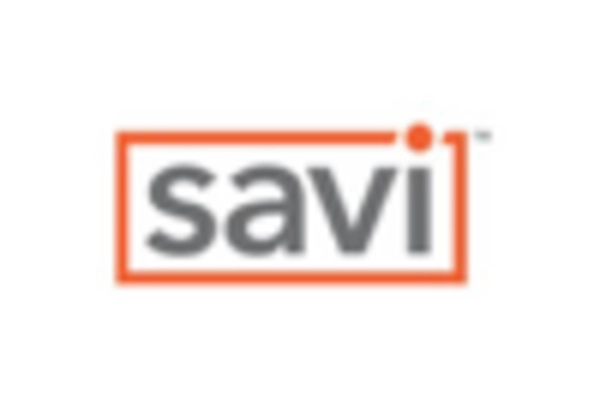











Leave a Comment